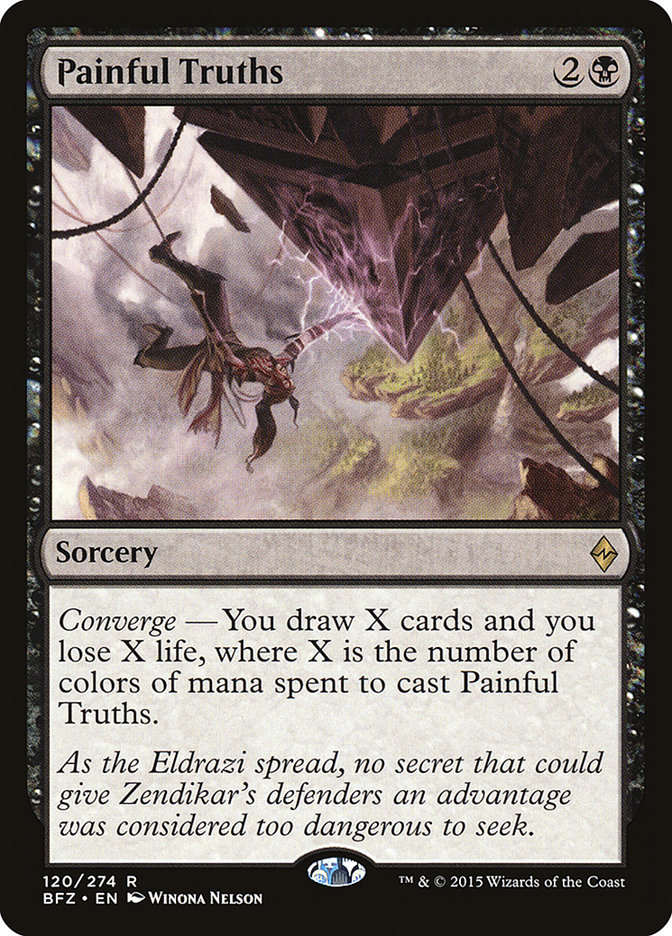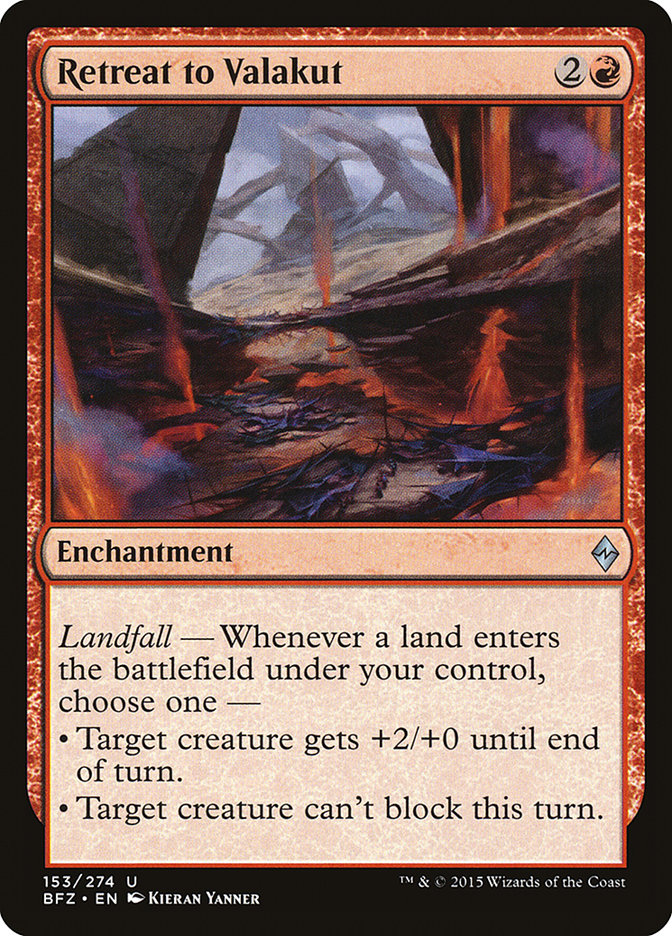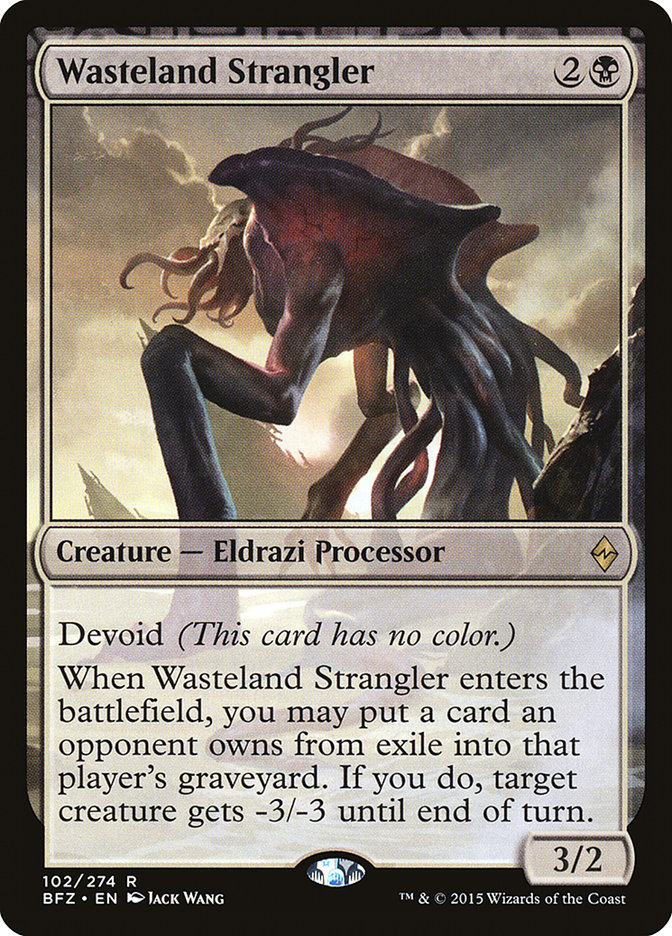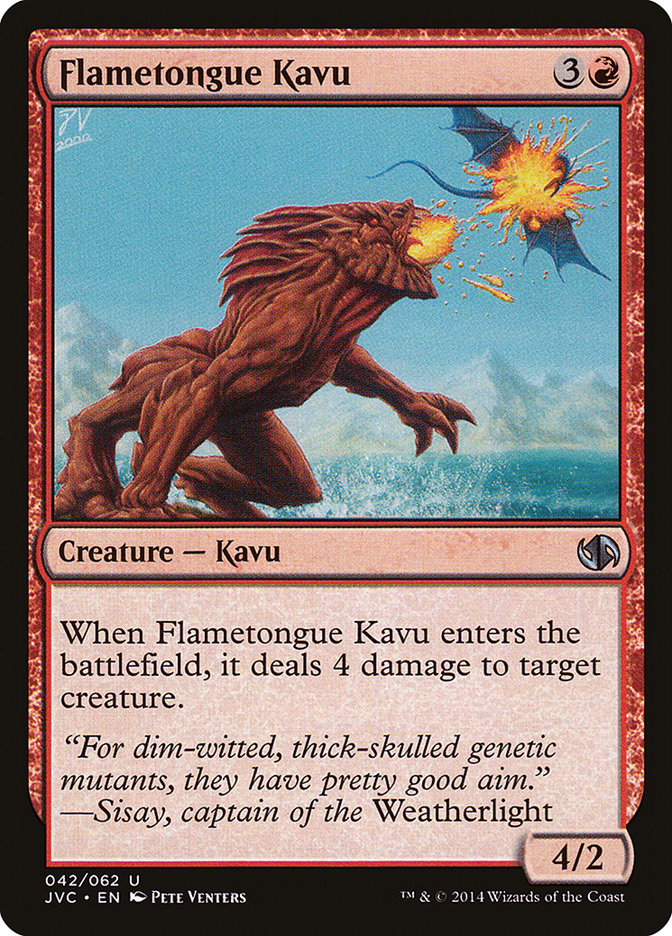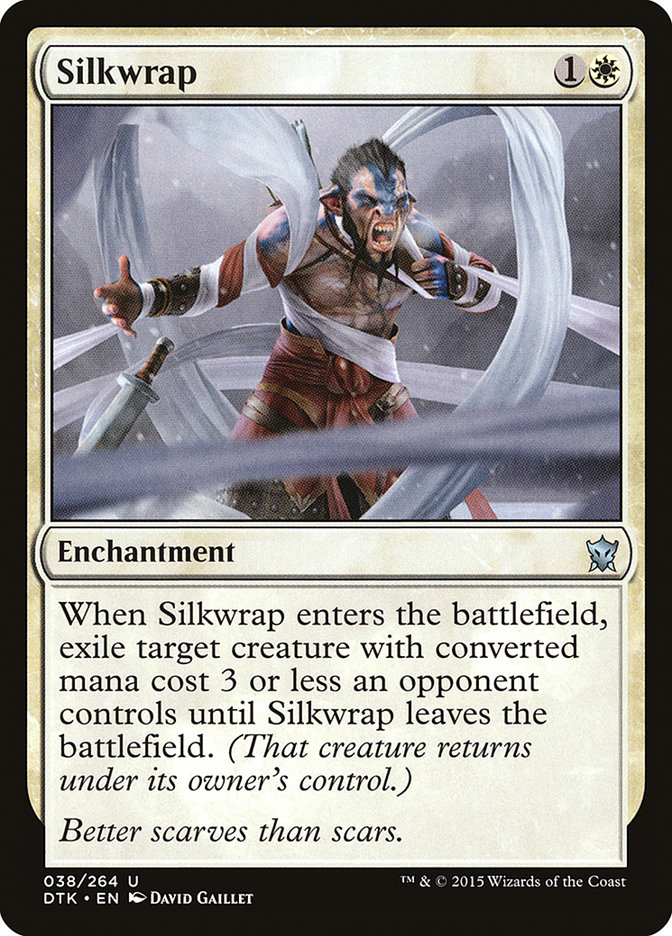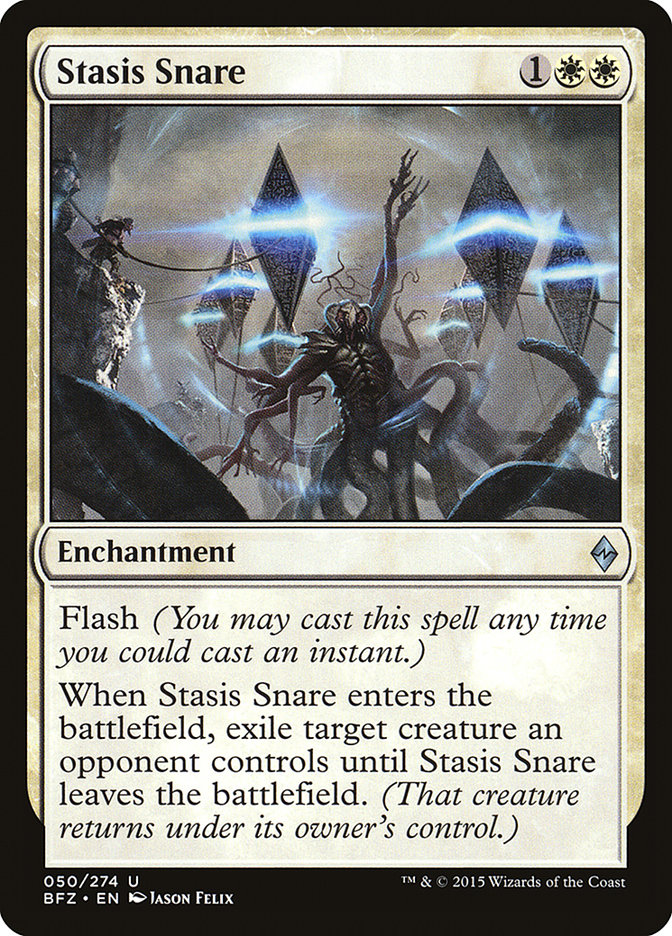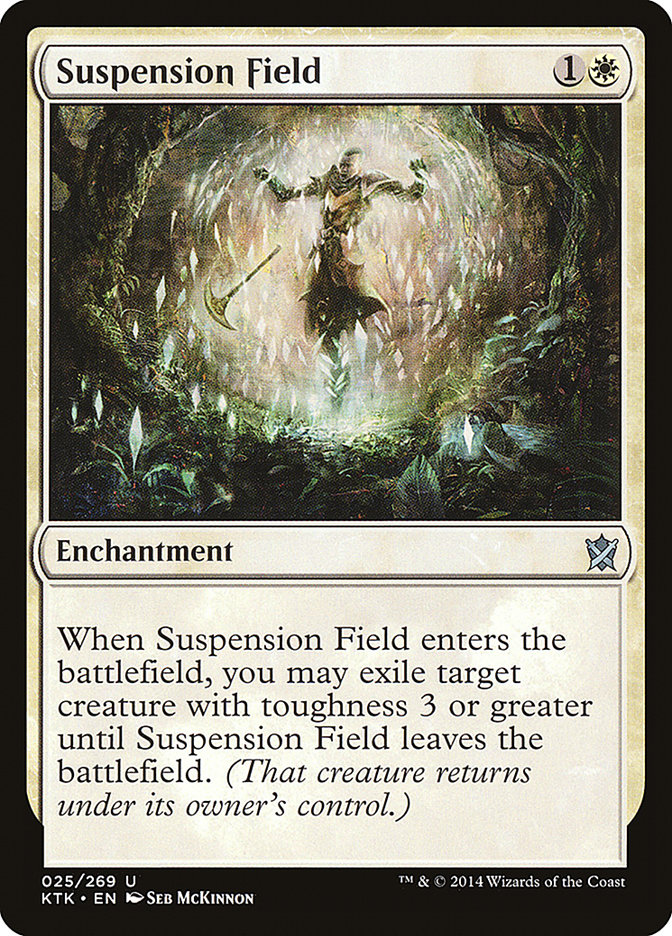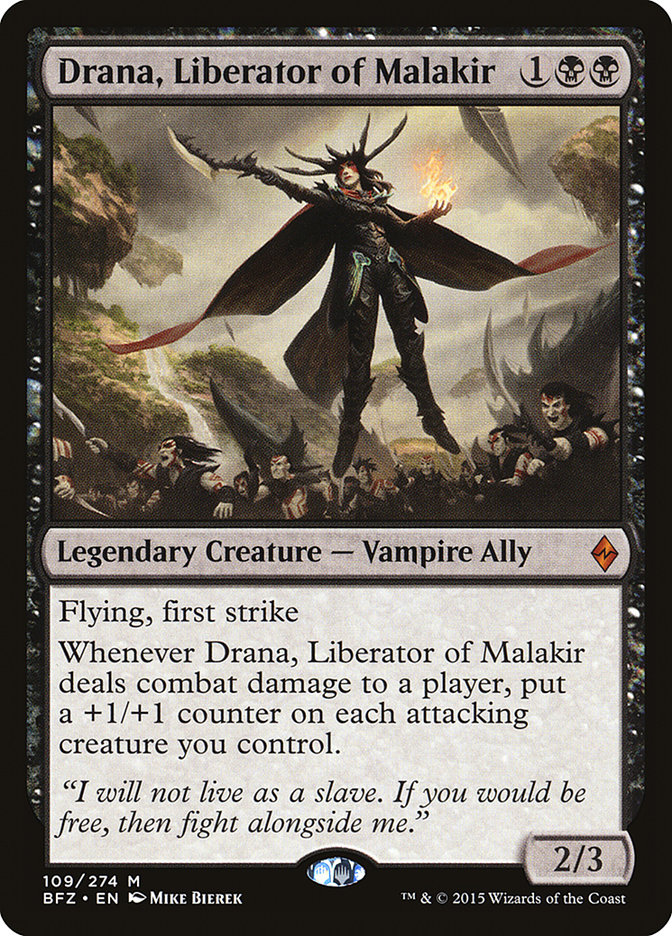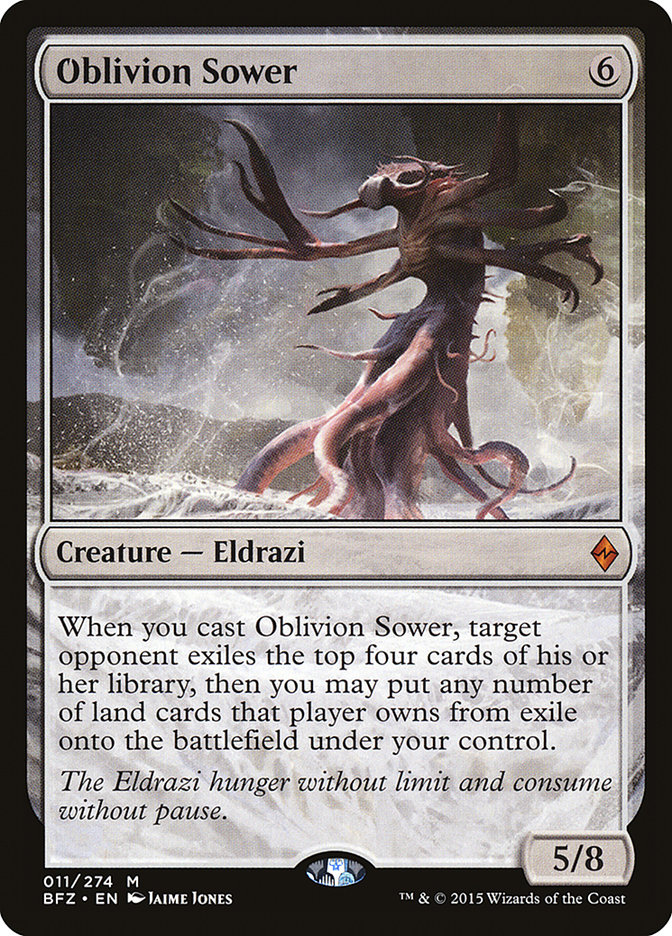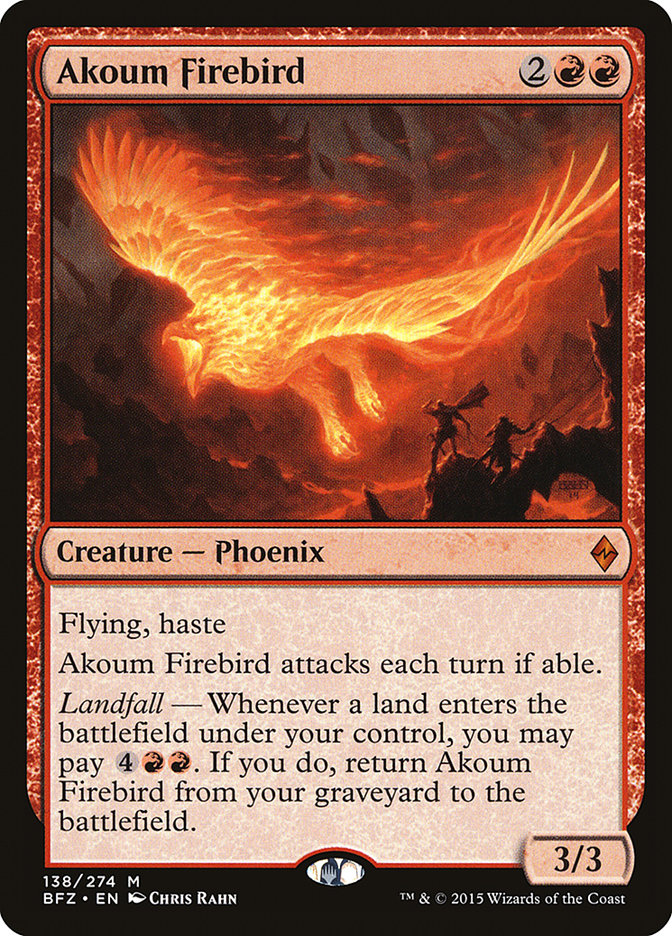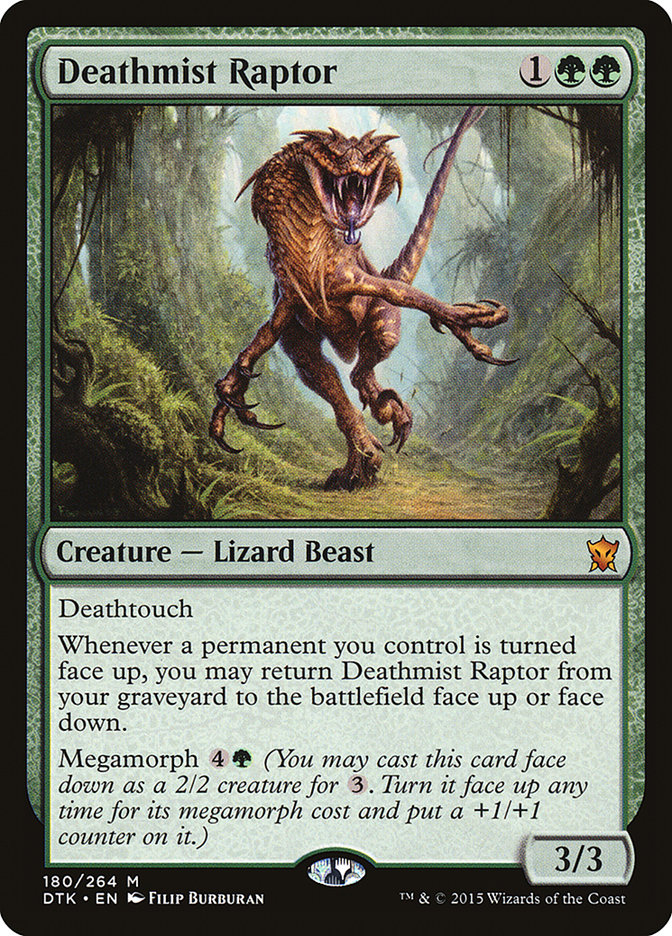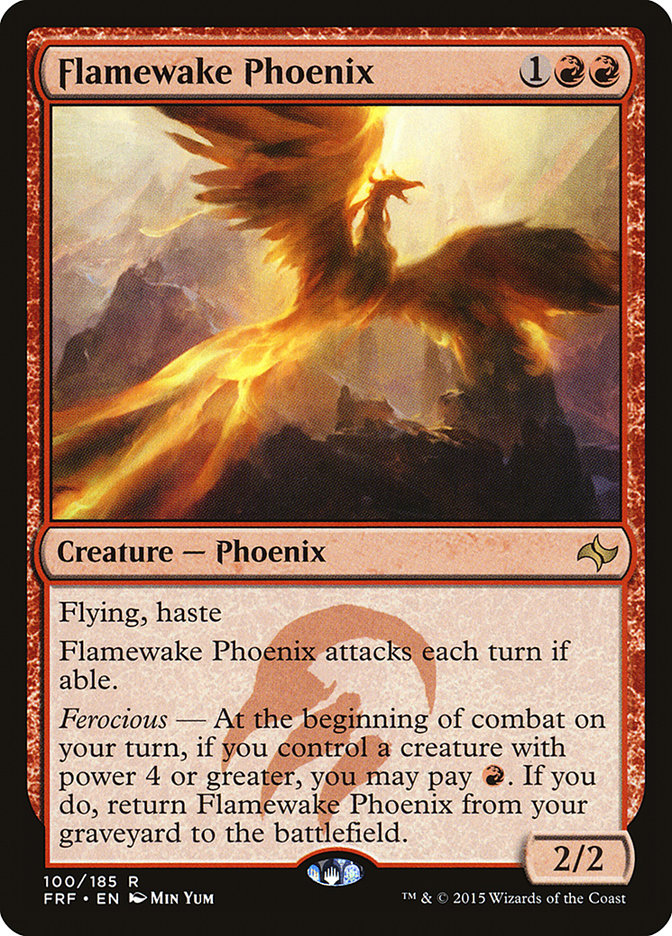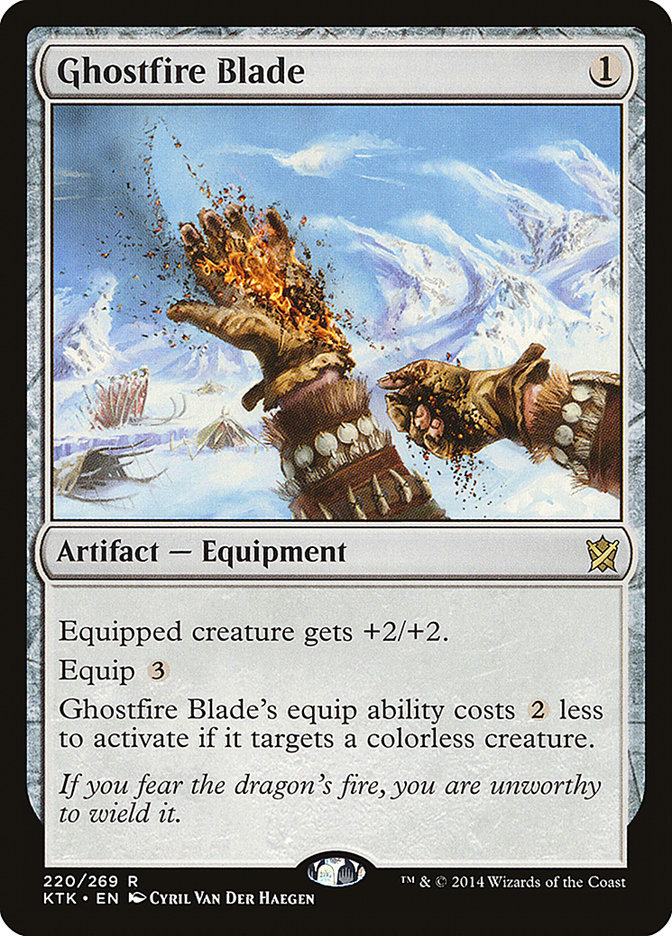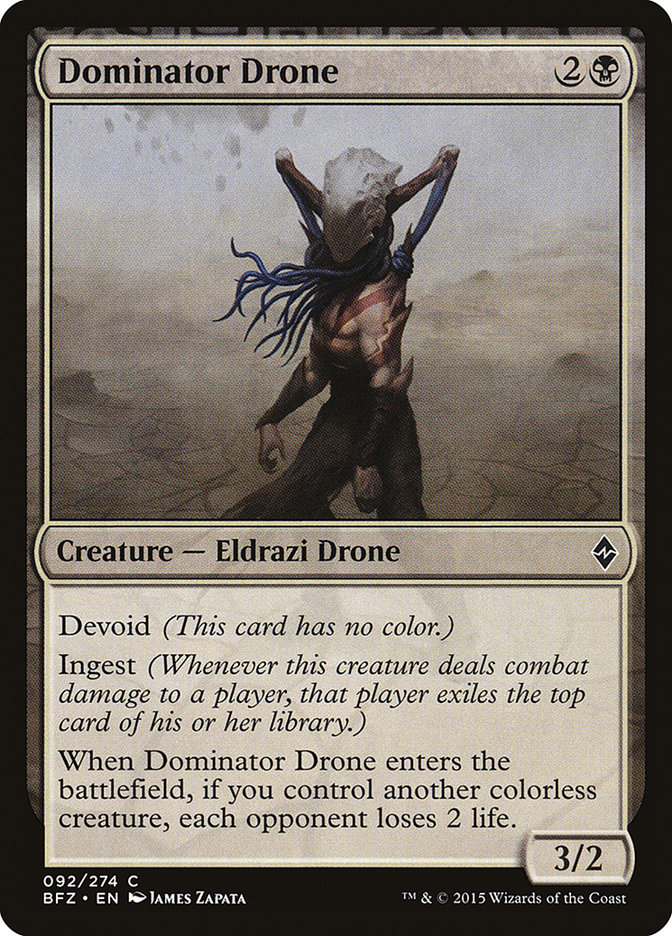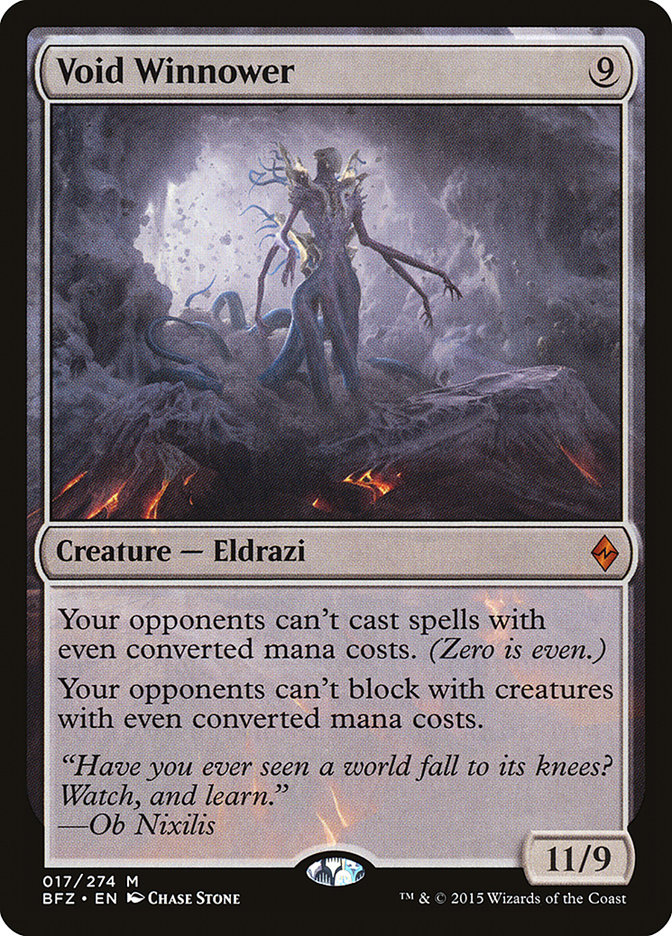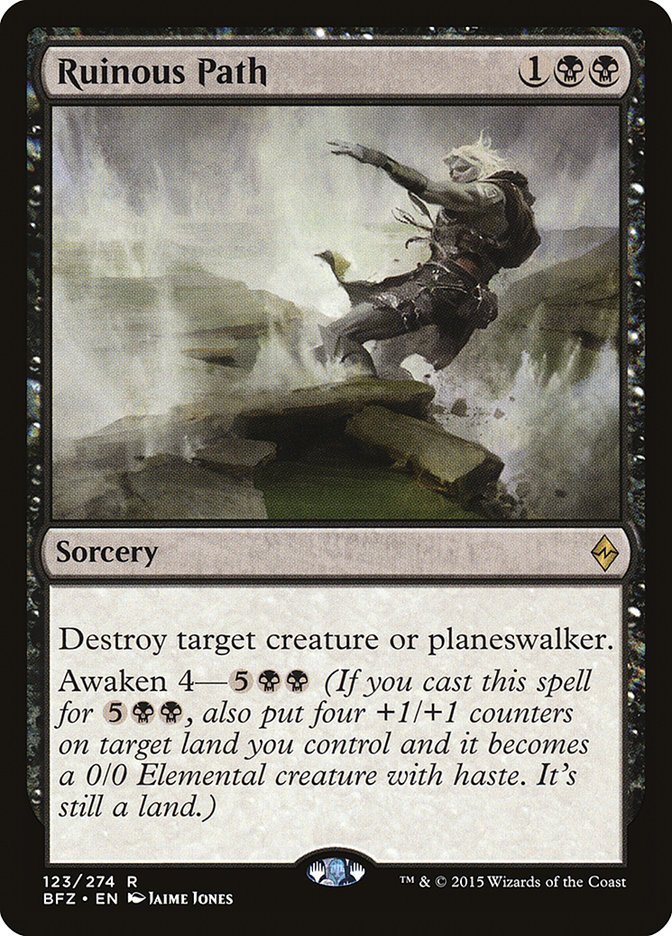Last week
, we took the sensible approach to spoiler season. We took a big-picture look at the present format, taking into account the strengths and weakness of the
format’s answers, and made logical conclusions for Battle for Zendikar Standard based on what elements would be either exiting or remaining.
Evaluating how a format is going to shift is very important when trying to evaluate new cards, as nothing exists in a vacuum.
This week we get excited, wildly speculate, and shamelessly brew!
This card is very, very good.
As someone who has cast a lot of Divinations and Jace’s Ingenuities in the last year, the difference between two cards and three cards is the difference
between smoothing your draw and putting the game away. Being able to do so for only three mana makes Painful Truths an excellent midgame play, as you will
be able to have mana available to work with the cards you draw.
Of course, there are two major costs to putting Painful Truths in your deck- the life loss is very relevant, and you must be playing at least three colors
to make it better than the decidedly average Read the Bones.
The life loss will of course be at it’s worst against very aggressive decks, as paying three mana to Lightning Strike yourself is going to require some
setup. Luckily, in order to make good use of the fistful of cards you will be drawing you are going to want to have a low mana curve anyway, and this
should help to alleviate the tempo lost. This is a bit awkward, as typically three-color decks are more mana intensive, but the payoff is there if you are
willing to work for it.
Abzan decks, which have sometimes played Read the Bones and often use the draw-two mode of Abzan Charm, seem like a logical home for Painful Truths, but
unless Battle for Zendikar Abzan decks are much leaner than they currently are, Painful Truths is probably nothing more than a sideboard option.
Abzan just has too many three+ mana plays.
The five “Retreats” seem quite difficult to evaluate. You have to take a turn off to cast them, and by then you’ve already made three land drops. However,
some of the effects are quite powerful, and being able to double up on them with fetchlands is quite a bonus.
Retreat to Valakut offers everything an aggressive deck could want. A single fetchland can either offer an Exquisite Firecraft level of damage, completely
invalidate a blocking force, or do some mix of the two. Of course, the conundrum is that aggressive decks really don’t want to draw many lands past turn 3.
While this certainly creates some deckbuilding tension, the payoff may just be there:
Creatures (20)
- 3 Hooting Mandrills
- 4 Monastery Swiftspear
- 3 Zurgo Bellstriker
- 2 Ire Shaman
- 4 Abbot of Keral Keep
- 4 Scythe Leopard
Lands (23)
Spells (17)

Here we see Retreat to Valakut joining another Battle for Zendikar standout Scythe Leopard in a post-rotation take on Atarka Red.
The biggest change to the deck is the manabase, which features the full set of twelve possible fetchlands. These can fetch either Cinder Glade or a basic
when necessary, and have two major functions in the deck. They of course power the landfall on Scythe Leopard and Retreat to Valakut, but they also allow
you to delve it up with the powerful and underappreciated Hooting Mandrills. This gives you a very cheap but sizeable and evasive threat that’s a wonderful
target for Retreat to Valakut’s +2/+0 or Looming Spires’ bonus.
Of course one of the dangers of playing more than the standard twenty or so lands in your aggressive red deck is that you will flood, but the landfall
effects combined with Abbot of Keral Keep and Ire Shaman should help to mitigate that. Both cards also can help you trigger landfall, as flipping a land
over on one in the midgame is no longer worthless.
With red losing so many quality burn spells in the rotation, an approach like this looks to find damage in different sources.
Remember Flametongue Kavu? And I don’t mean from the Cube Draft you did last week, I mean do you remember Flametongue Kavu? For those who don’t
recall Invasion-era Standard, I’ll fill you in.
If your creature had four or less toughness, didn’t have a substantial and immediate impact on the board, and cost more than three mana, it was essentially
unplayable. It was a Flametongue Kavu’s world, and everyone else was just living in it. Of course, power creep is a thing, and I’ve long said that
Flametongue Kavu would be a great core set reprint. It would definitely see some play, but would be nothing like the oppressive force it once was. For
empirical evidence of this fact, just take a peek at Skinrender and remind me how much play it saw.
While Wasteland Strangler requires a bit more work, it is by far the best Flametongue Kavu printed in a very long time. Three mana is what we’ve usually
been paying for removal anyway, and a 3/2 body is very respectable bonus for a very low cost. Even with less than half the set spoiled, we are seeing that
exiling cards is a major theme of the Eldrazi; a card like Transgress the Mind curves perfectly into Wasteland Strangler, and there will undoubtedly be
more options.
White also gives us a number of good removal options that exile, and the Eldrazi processor effect actually removes your opponent’s ability to sneak their
creature back onto the battlefield with enchantment removal. It is very possible that these types of effects could be melded with Eldrazi exile effects to
create enough critical mass to make processer cards like Wasteland Strangler very reliable.
Wasteland Strangler is not a freeroll, but I see huge potential.
There hasn’t really been a good aggressive black deck in a while, but perhaps Drana, Liberator of Malakir can change that. Drana compares favorably to a
card like Vampire Nighthawk on stats alone, but also pumps your entire team on every combat step, which is quite powerful. Drana having first strike means
the pump will occur before your creatures without first strike deal damage, and this is a huge upgrade from cards that have had a similar effect.
Aside from just being a well costed and reasonably powerful card, Drana also plays very well with the mild +1/+1 counter theme currently in Standard.
Hangarback Walker is the obvious synergy, as Drana is amazing with both sides, but Drana also plays great with fringe cards like Hardened Scales.
I would not be surprised to see Drana and Hangarback Walker doing some serious work together in the new format.
The Eldrazi are all very odd.
They are huge, expensive, and many of them have rather obtuse abilities that we’ve never really seen before.
Oblivion Sower definitely fit the criteria, but has the benefit of being a little less weird and a little less expensive. In a lot of ways it feels like a
fixed Primeval Titan, as it is unable to tutor up lands into broken combinations but is still a good-sized body that will give you a huge jump in mana.
With there being a significant exile theme among the Eldrazi, it seems likely that you could be producing two to five lands off of Oblivion Sower, and
that’s pretty good. The non-land cards will also remain in exile for further use from other Processors if you have them.
The oddity, of course, is having your mana ramp spell cost six mana. It worked for Primeval Titan because you either won the game on the spot or set up Eye
of Ugin, but Oblivion Sower is far more fair than that. This means that Oblivion Sower is either going to be working you up to the ten mana Eldrazi bombs
like Ulamog, the Ceaseless Hunger and Desolation Twin, or setting up some sort of big mana end game that doesn’t really exist yet.
The last relevant thing about Oblivion Sower is that its value increases as decks add more non-basic value lands. Getting three mana sources is cool, but
getting three spell-lands is much better.
It seems like every set has some sort of mythic Phoenix, and even though the Phoenix is one of the coolest tropes in fantasy, they’ve all been decidedly
mediocre. While it’s very possible that Akoum Firebird is a trap, I’m biting.
We are going to be living in a world without Stormbreath Dragon, and a 3/3 flying hasted beater for four mana is a pretty good rate. This will also be a
world without Lightning Strike and Bile Blight, and the reanimation trigger is very reasonably costed.
There are also enough graveyard effects now that perhaps some sort of G/R graveyard deck is possible. While we have lost Satyr Wayfinder, Gather the Pack
is still around, and our new fetchland-heavy manabases also approve.
Perhaps something like this:
Creatures (23)
- 4 Rattleclaw Mystic
- 4 Hooting Mandrills
- 1 Yasova Dragonclaw
- 4 Flamewake Phoenix
- 2 Den Protector
- 4 Deathmist Raptor
- 1 Surrak, the Hunt Caller
- 3 Akoum Firebird
Lands (25)
Spells (12)

While it is very possible this deck wants blue for Savage Knuckleblade and Kiora, Master of the Depths, we are going to start somewhat simple.
This deck makes fantastic use of the graveyard, as we have a never-ending stream of resilient threats ready to jump back onto the battlefield over and over
again. Gather the Pack serves to help fill our graveyard while also finding us our morphs/four power creatures we need to recur our threats. Tormenting
Voice can pitch graveyard fodder while also keeping us going and serves a similar purpose. We also again see Hooting Mandrills, this time as a four-of, as
a beneficiary of not only the fetchlands but also all the graveyard-filling effects.
Unfortunately, the card this deck really wants is leaving us, and I worry that perhaps the deck may be too slow on the draw. I can’t imagine this deck
running out of gas against a control or midrange deck, but it may fall behind against aggressive starts. Feed the Clan out of the board against mono-red
style decks should go a long way, however.
Hey wait, Ghostfire Blade’s not from Battle for Zendikar!
Well… yeah, but it might as well be.
We’ve already seen a few good aggressive Eldrazi spoilers, and Ghostfire Blade is definitely a card to watch if there ends up being a few aggressive
one-drop Eldrazi. If you already want to be playing aggressive colorless creatures and there is no real opportunity cost, Ghostfire Blade is a very
powerful Magic card. It’s certainly possible for some crossover as well, as cards like Hangarback Walker are already very good and could
slot into an Eldrazi aggro deck very easily.
Ghostfire Blade is definitely a card to watch.
Honestly, there are so many interesting cards in Battle for Zendikar it’s hard to pick favorites. Many of the cards are bizarre and difficult to
evaluate, as we don’t often see a ten-mana spell, let alone a whole bunch of them.
With less than half the set spoiled it’s hard to know how far any of the themes will be pushed. Will we get aggressive one-mana Eldrazi? Will there be
enough ramp spells to make casting ten-drops a reality? Will Allies actually matter? Will there be enough exile enablers to power the Processers?
We shall see.

